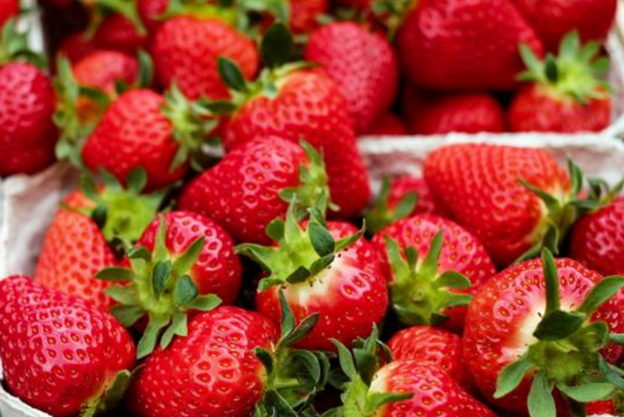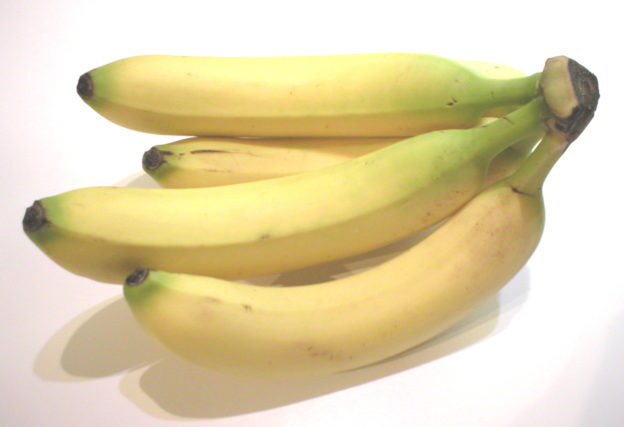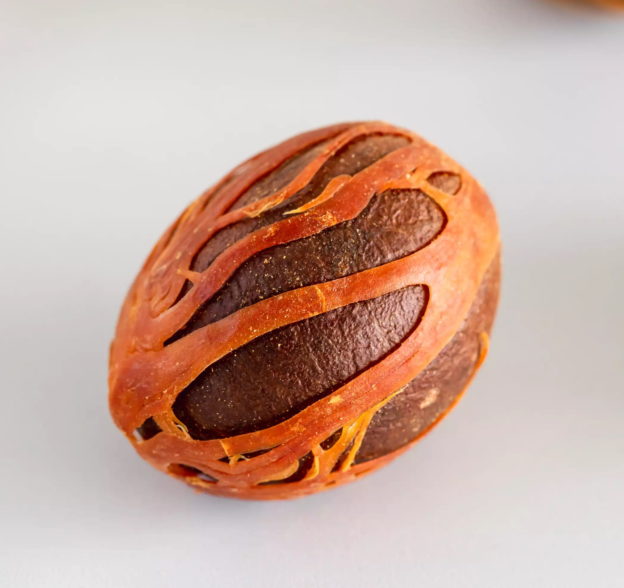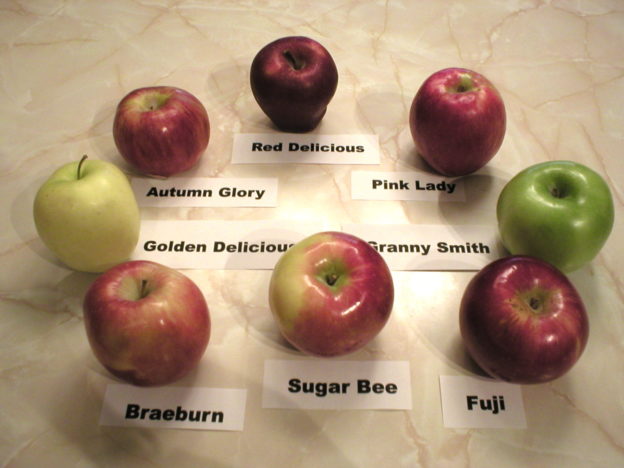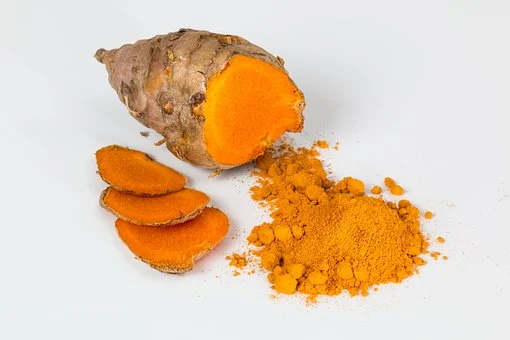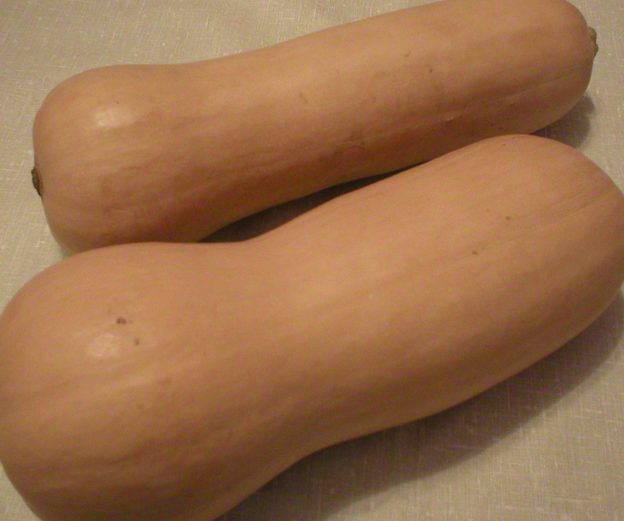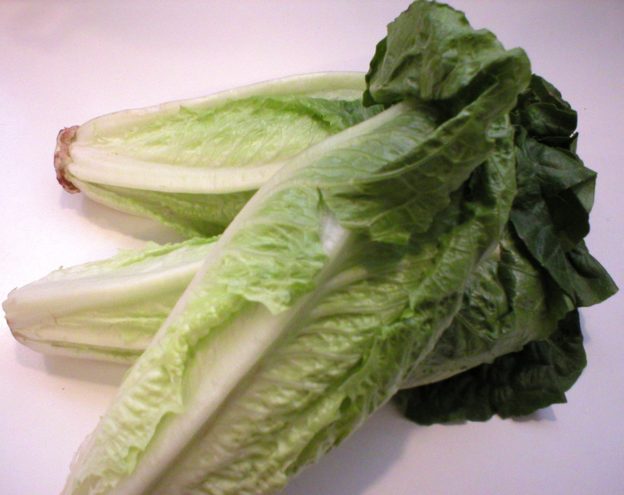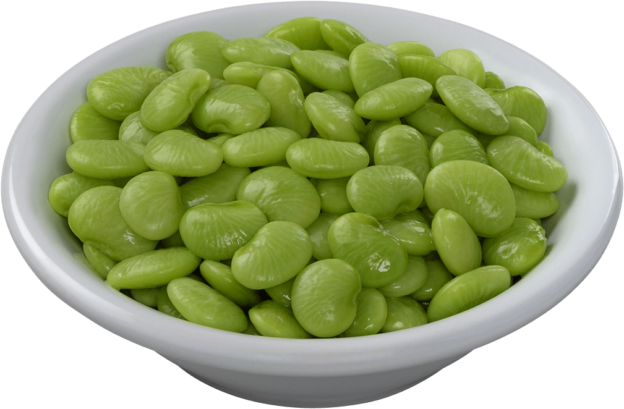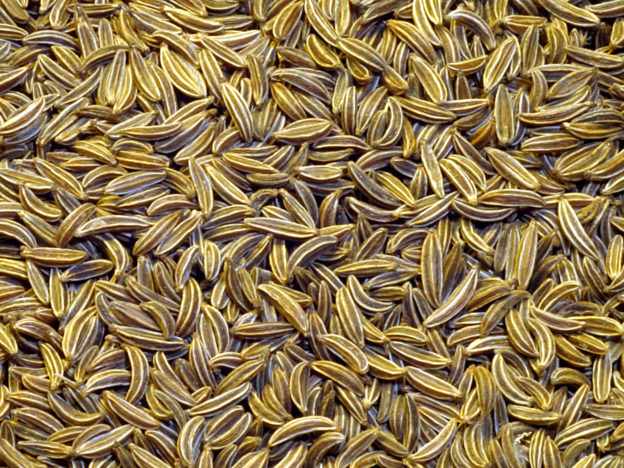Strawberries 101 – The Basics
About Strawberries
Strawberries have grown wild in Europe, Asia, North America, and lower South America for thousands of years. For hundreds of years, they have been cultivated around the world. Today, strawberries are among the most popular berries worldwide. The United States currently produces the most strawberries, with over one million metric tons annually. This amounts to about 30 percent of strawberries commercially grown worldwide. Most are grown in California, followed by Florida, then Oregon. Most strawberries grown in the United States are consumed fresh, while about 20 percent are sold frozen.
Strawberries are members of the rose family of plants, Rosaceae. Botanically, strawberries are related to blackberries, boysenberries, loganberries, and raspberries. Apples, almonds, apricots, cherries, peaches, and plums are also members of the rose family.
Nutrition and Health Benefits of Strawberries
Strawberries are an excellent source of Vitamin C and manganese. They also supply a lot of fiber, folate, copper, potassium, biotin, phosphorus, magnesium, Vitamin B6, and even some omega-3 fatty acids (in the seeds). They are also a rich source of assorted antioxidant compounds that provide important health benefits.
Antioxidant and Anti-Inflammatory Benefits. In addition to their high amount of Vitamin C, which is an extremely important antioxidant, strawberries contain a wide array of compounds that provide antioxidant and anti-inflammatory benefits. Such compounds are known to help protect our blood vessels from damage, helping to reduce our risk for cardiovascular disease.
Blood Sugar Regulation. Preliminary research studies on animals have shown that eating strawberries after a meal helps to regulate blood sugar levels and the release of insulin. Strawberries have also been found to have a low glycemic index of 40, which is lower than many fruits. This lower glycemic index is also reflected in better blood sugar regulation following meals that contained strawberries. This effect may be partly due to the high level of folate in strawberries. Folate has been shown to play a role in blood sugar regulation.
Improved Cognitive Function. Research in the Nurses’ Health Study showed less cognitive decline in subjects who ate at least 1 to 2 servings of strawberries a week. Researchers speculate that this effect may be due to compounds in strawberries that promote nerve generation in areas of the brain that are involved in memory.
How to Select Strawberries
Strawberries are fragile fruit that are very perishable. Look for strawberries that appear firm and plump with a shiny, deep bright red color with attached green leaves. A dull red color indicates they are old and overripe. They should be free of mold and the inside of their containers should be dry. Strawberries do not further ripen after being picked, so unless you want tart berries, avoid those that are greenish or whitish, since they are not fully ripe.
Medium size strawberries often have a better flavor than those that are extremely large.
How to Store Strawberries
Before storing your freshly purchased strawberries, check them carefully and remove any that appear moist, soft, or moldy. They will quickly cause other berries to spoil. Store your UNWASHED strawberries in the container they came in (that has air vents in them). Strawberries need air flow to help keep moisture from accumulating in the container. Yet at the same time they have a high water content and can dry out easily. For optimal storage, place them in their container in a drawer in the refrigerator. Set it for high humidity (having the air vent of the drawer closed). Use fresh strawberries as quickly as you can, optimally, within 2 days.
How to Freeze Strawberries
To freeze extra strawberries, be sure they are fully ripe but still firm. Carefully wash them and pat them dry. The green leaves on top may be removed after they are washed, or they can be left intact. Strawberries may be frozen whole, sliced, chopped, or crushed. To retain the most nutrients (especially Vitamin C), leave them whole. If you opt to cut or crush your strawberries before freezing them, adding a small amount of lemon juice will help to preserve their color. Arrange your washed berries in a single layer on a flat tray and place them in the freezer. Once frozen, transfer them to an airtight freezer container or bag and return them to the freezer. Use them within one year.
Strawberries may also be sweetened before being frozen. Wash and dry the strawberries first. Then remove the hulls. The berries may be left whole or cut as desired. Add ½ cup of sugar to every 4 cups of berries (the amount of sugar may be adjusted, if desired). Gently stir the berries and sugar until the strawberries are well covered. Allow the mixture to rest 10 to 15 minutes for the natural juices to be drawn from the berries. Gently stir again to combine everything. Put a premeasured amount into heavy-duty freezer bags or containers. Remove as much air as possible. Seal, label the containers and place them in the freezer. Lay freezer bags flat so the contents are not in a big lump. Use them within one year.
How to Prepare Strawberries
Gently rinse your fresh strawberries in cold water immediately before using them. Do not soak the berries since they are porous and will absorb water, making them soft and reducing their flavor. The green leaves on top may be removed or left on. If you want to remove the leaves, wash the strawberries first. Pat the washed berries dry and they will be ready to use.
Quick Ideas and Tips for Using Strawberries
* Try a salad with mixed greens, sugar snap peas, chopped fennel, goat cheese, sliced strawberries, and toasted walnuts. Top it with a balsamic vinaigrette dressing.
* Try a salad with Spring Mix greens, sliced strawberries, toasted sunflower seeds, crumbled blue cheese, and dried cranberries. Top it with a white balsamic vinaigrette dressing.
* Add whole, sliced or crushed strawberries to fruit salads, ice cream, or sorbets.
* Decorate cheese trays with whole strawberries.
* For a tasty appetizer or dessert, hull strawberries then top them with mascarpone cheese that was mixed with a little lemon zest.
* Top your overnight oats with freshly sliced strawberries.
* For a simple dessert, top ice cream or yogurt with sliced strawberries. To REALLY dress it up, drizzle it with some melted dark chocolate. Enjoy!
* If your strawberries are overripe, include them in pies, cookies, mousses, soufflés, flans, smoothies, puddings, or cakes.
* Try a refreshing beverage by blending 2 cups of frozen strawberries, 2 cups seedless cubed watermelon, ¼ cup lemon juice, and ¼ cup sugar or sweetener of choice (frozen red grapes can be used in place of sugar…use as many as desired).
* Add sliced strawberries to ANY mixed green salad.
* For a fast and easy fruit sauce, blend strawberries with a little orange or pineapple juice. Add a little sugar or sweetener of choice, if desired.
* Strawberries are at the top of the Environmental Working Group’s 2020 “Dirty Dozen List” for being high in residual pesticides. If you want to avoid these residues in your food, opt for organic strawberries.
* Add strawberries to your breakfast smoothie.
* Make a parfait by layering yogurt, strawberry slices, fresh blueberries, and a little granola.
* Concentrate the natural sweetness of strawberries by roasting them. Wash, dry, then roast them at 350°F for about 20 minutes. Enjoy them warm or chilled. They will have a heightened sweetness and flavor, with a slightly softer texture than when raw. Use them as a yogurt, ice cream, or oatmeal topping. Add them to a salad or use them any way you would raw strawberries.
* Strawberries are most flavorful when they are room temperature. Store them in the refrigerator, but remove them early so they can warm up a little before eating them.
* Bring out the natural sweet flavor of strawberries by sprinkling them with a dash of balsamic vinegar, lemon juice, orange, or pineapple juice.
* Adding a little sugar, lemon, orange, or pineapple juice to strawberries will help to preserve their color.
* When cleaning strawberries, avoid soaking them in water. They are porous and will absorb water, becoming waterlogged, which will diminish their flavor.
* One pint of fresh strawberries is about 2-1/2 cups whole, 1-3/4 cups sliced, 1-1/4 cups pureed, and usually contains about 24 medium or 36 small berries.
Herbs and Spices That Go Well with Strawberries
Basil, cinnamon, ginger, mint, pepper, thyme, vanilla
Foods That Go Well with Strawberries
Proteins, Legumes, Nuts, Seeds: Almonds, beef, cashews, chicken, fish, hazelnuts, nuts (in general), pecans, pine nuts, pistachios, pork, tofu (silken), walnuts
Vegetables: Arugula, bell peppers, cucumbers, fennel, greens (salad), rhubarb, spinach, tomatoes
Fruits: Apples, apricots, bananas, berries (all other), coconut, figs, grapefruit, guava, kiwi, lemon, lime, mango, melons (in general), nectarines, oranges, passion fruit, peaches, pears, pineapple, watermelon
Grains and Grain Products: Graham crackers, oats, oatmeal
Dairy and Non-Dairy: Buttermilk, cheese (in general), cream, cream cheese, crème fraiche, mascarpone, milk (dairy and non-dairy), sour cream, whipped cream, yogurt
Other Foods: Agave nectar, caramel, champagne, chocolate, honey, liqueurs, maple syrup, oil (olive), rum, sugar (esp. brown, confectioners’), vinegar (esp. balsamic, red wine), wine
Strawberries have been used in the following cuisines and dishes…
Desserts (i.e. cobblers, crumbles, custards, ice creams, pies, puddings, sorbets, strawberry shortcake, tarts), drinks (i.e. sparkling water, sparkling wine), jams, pancakes, preserves, salads (fruit, green), sauces (dessert), shortcakes, smoothies, sorbets, soups (fruit), tarts
Suggested Food and Flavor Combos Using Strawberries
Add strawberries to any of the following combinations…
Almonds + lemon
Arugula + balsamic vinegar + pine nuts + ricotta
Balsamic vinegar + spinach + walnuts
Basil + balsamic vinegar
Basil + lemon + mint
Brown sugar + cinnamon + oatmeal
Cream cheese + lemon
Ginger + maple syrup + rhubarb
Honey + lime
Lemon + ricotta cheese
Pistachios + yogurt
Recipe Links
Chocolate Covered Strawberries https://www.simplyrecipes.com/recipes/chocolate_dipped_strawberries/
Strawberry Basil Lemonade https://producemadesimple.ca/strawberry-basil-lemonade/
Pork Tenderloin Medallions with Strawberry Sauce https://www.tasteofhome.com/recipes/pork-tenderloin-medallions-with-strawberry-sauce/
55+ Sweet and Savory Strawberry Recipes https://www.tasteofhome.com/collection/sweet-and-savory-strawberry-recipes/
55 Recipes Made with Fresh Strawberries https://www.tasteofhome.com/collection/recipes-to-make-with-fresh-strawberries/
20 Unconventional Recipe Ideas Using Strawberries https://www.brit.co/strawberry-recipes/
Strawberry Balsamic Chicken https://www.gimmesomeoven.com/strawberry-balsamic-chicken/
Filet Mignon and Balsamic Strawberries https://www.allrecipes.com/recipe/213507/filet-mignon-and-balsamic-strawberries/
Pork Tenderloin with Balsamic Strawberries https://spicysouthernkitchen.com/pork-tenderloin-with-balsamic-strawberries/
Roasted Strawberry Glazed Pork Chops with Strawberry Spinach Salad https://producemadesimple.ca/roasted-strawberry-glazed-pork-chops-with-strawberry-spinach-salad/
10-Minute Strawberries with Chocolate Crème http://www.whfoods.com/genpage.php?tname=recipe&dbid=276
10-Minute Kiwi Mandala http://www.whfoods.com/genpage.php?tname=recipe&dbid=252
How to Make Easy Chia Jam with Any Fruit https://www.thekitchn.com/how-to-make-easy-chia-jam-with-any-fruit-222310
5 Delicious Ways to Use Up Overripe Strawberries https://www.thekitchn.com/5-delicious-ways-to-use-up-overripe-strawberries-tips-from-the-kitchn-220134
25 Amazing Things to Make with Strawberries https://www.cookingchanneltv.com/devour/how-to/2012/04/25-amazing-things-to-make-with-strawberries
68 Sweet Strawberry Desserts You Won’t Be Able to Resist https://www.delish.com/cooking/g906/strawberry-desserts-round-up/
Pan Fried Fish Fillets with Strawberry Salsa https://simplysohealthy.com/fish-fillets-with-strawberry-salsa/
Strawberry Salsa Recipe https://smartlittlecookie.net/strawberry-salsa-recipe/
Baked Strawberry Salmon https://www.tasteofhome.com/recipes/baked-strawberry-salmon/
Strawberry Glazed Salmon https://www.thatskinnychickcanbake.com/strawberry-glazed-salmon/
Resources
https://www.dartagnan.com/meat-and-fruit-recipes-and-combinations.html
https://producemadesimple.ca/what-do-strawberries-go-well-with/
https://www.tasteofhome.com/recipes/strawberry-watermelon-slush/
http://www.whfoods.com/genpage.php?tname=foodspice&dbid=32
http://www.whfoods.com/genpage.php?tname=recipe&dbid=147
https://www.hyperthyroidismsymptomsx.com/foods-high-in-iodine
https://www.sunfood.com/blog/newsletters/seven-foods-rich-in-iodine/
https://www.ewg.org/foodnews/dirty-dozen.php
https://www.thekitchn.com/4-ways-to-make-bland-strawberries-a-lot-sweeter-245046
https://www.recipetips.com/kitchen-tips/t–1088/all-about-strawberries.asp
Page, Karen. (2014) The Vegetarian Flavor Bible. New York, NY: Little, Brown and Company.
About Judi
Julia W. Klee (Judi) began her journey enjoying “all things food” in elementary school when she started preparing meals for her family. That love of food blossomed into a quest to learn more and more about health and wellness as related to nutrition. She went on to earn a BS Degree in Food and Nutrition, then an MS Degree in Nutrition. She has taught nutrition and related courses at the college level to pre-nursing and exercise science students. Her hunger to learn didn’t stop upon graduation from college. She continues to research on a regular basis about nutrition as it relates to health. Her hope is to help as many people as possible to enjoy foods that promote health and wellness.

